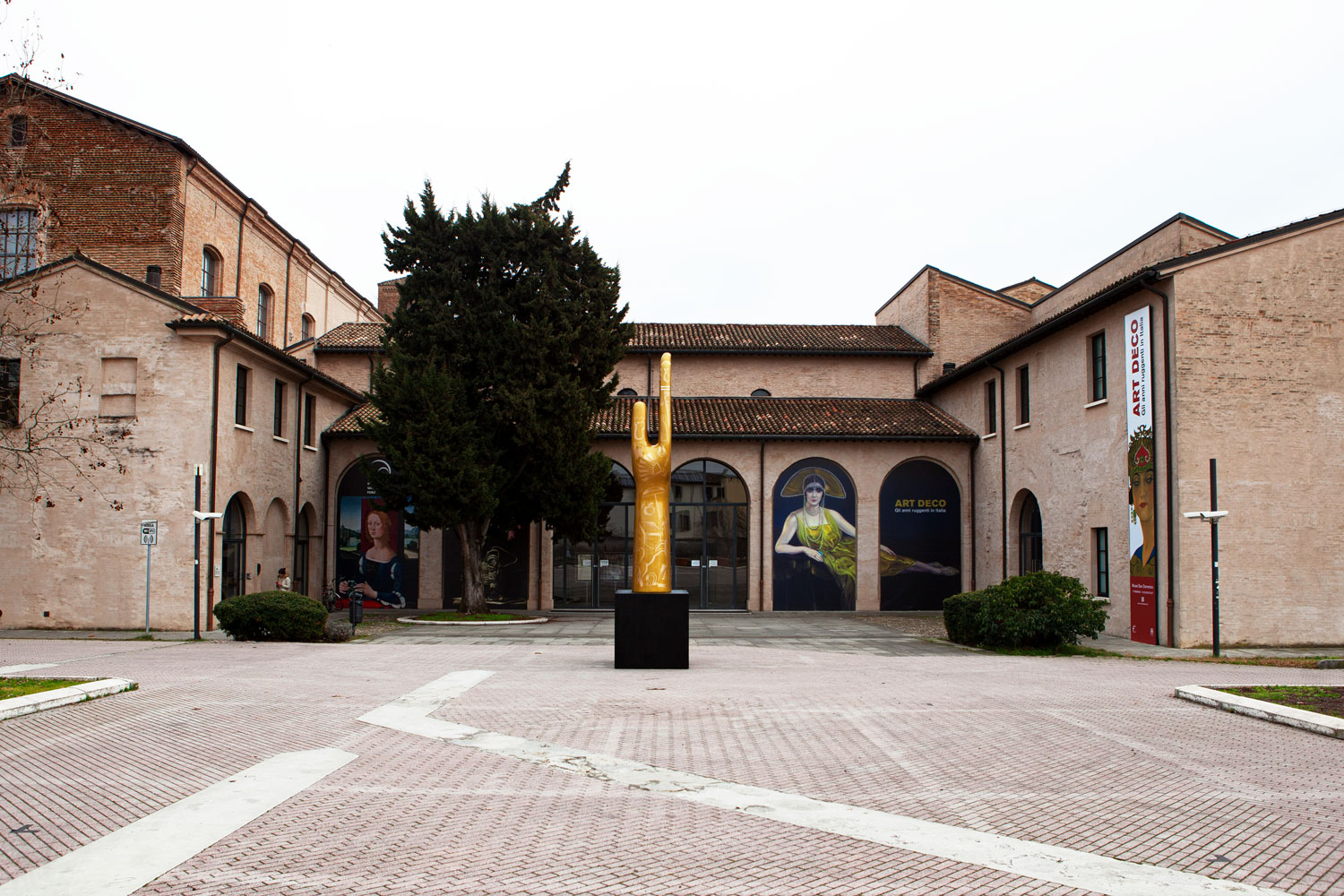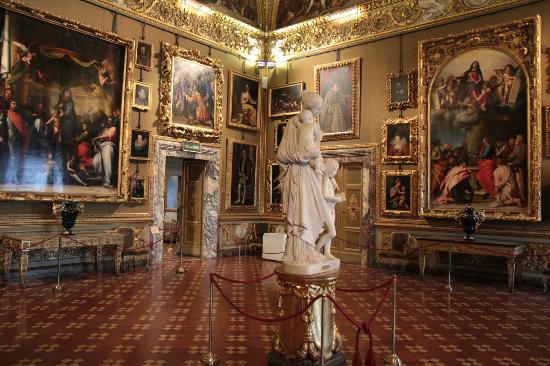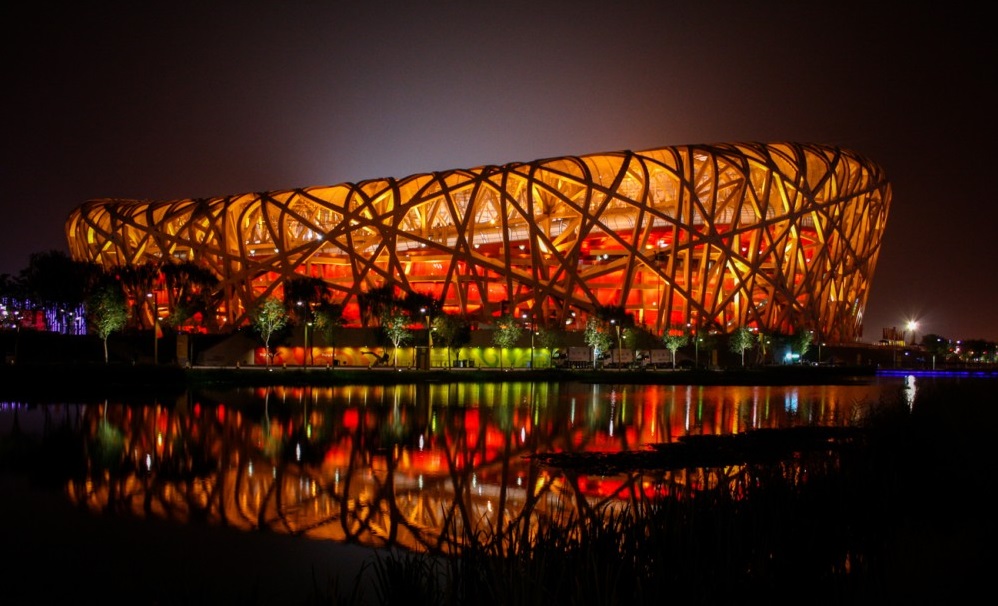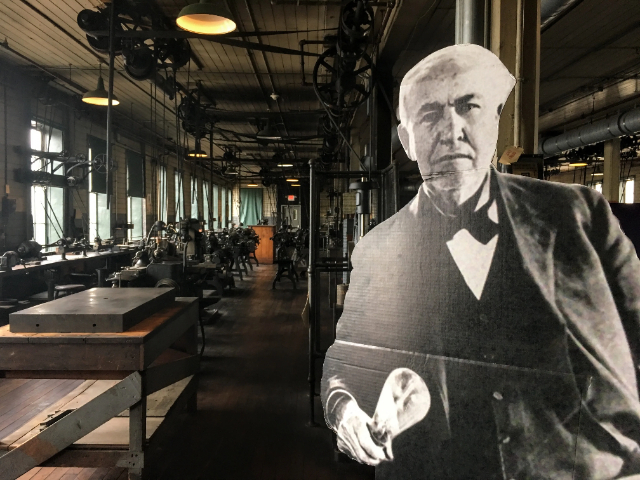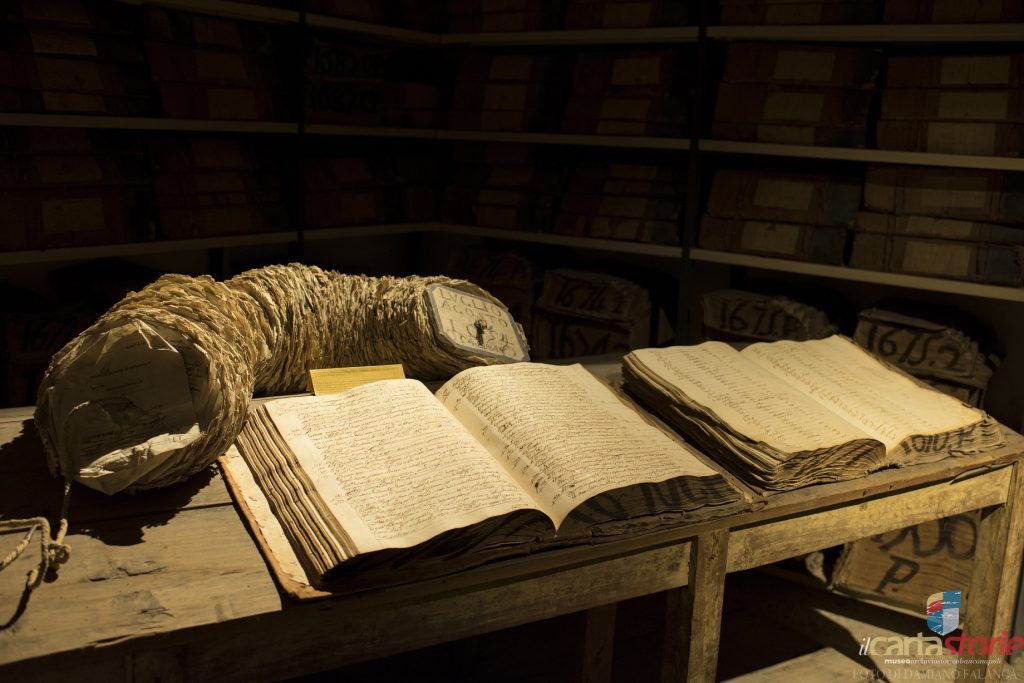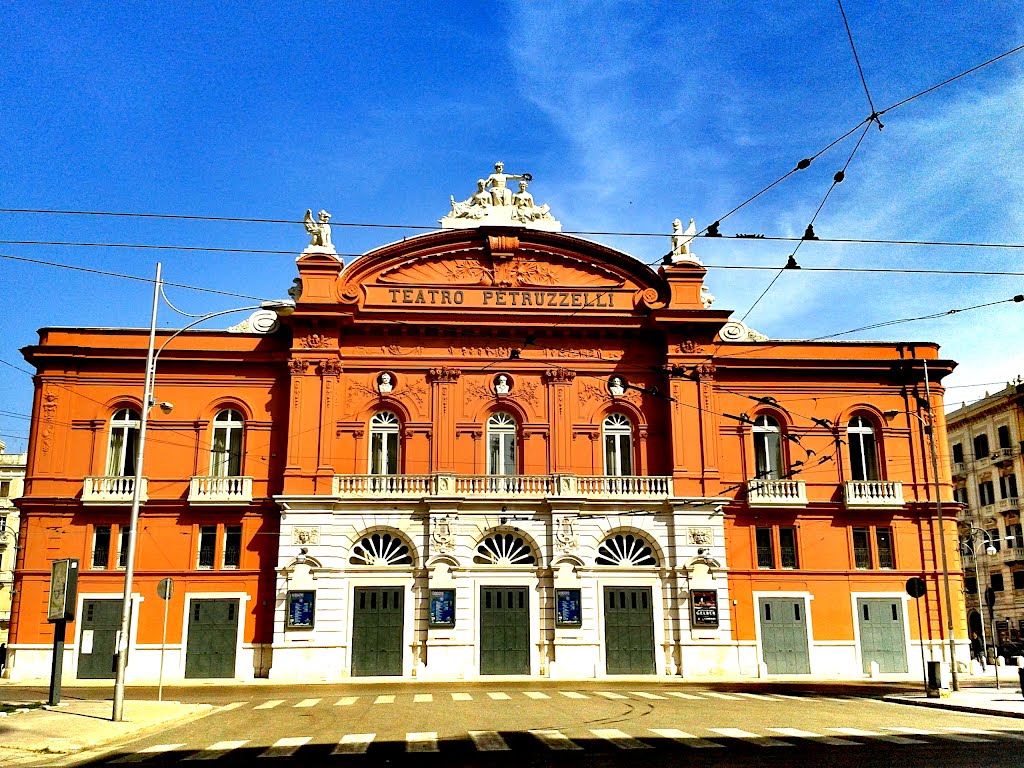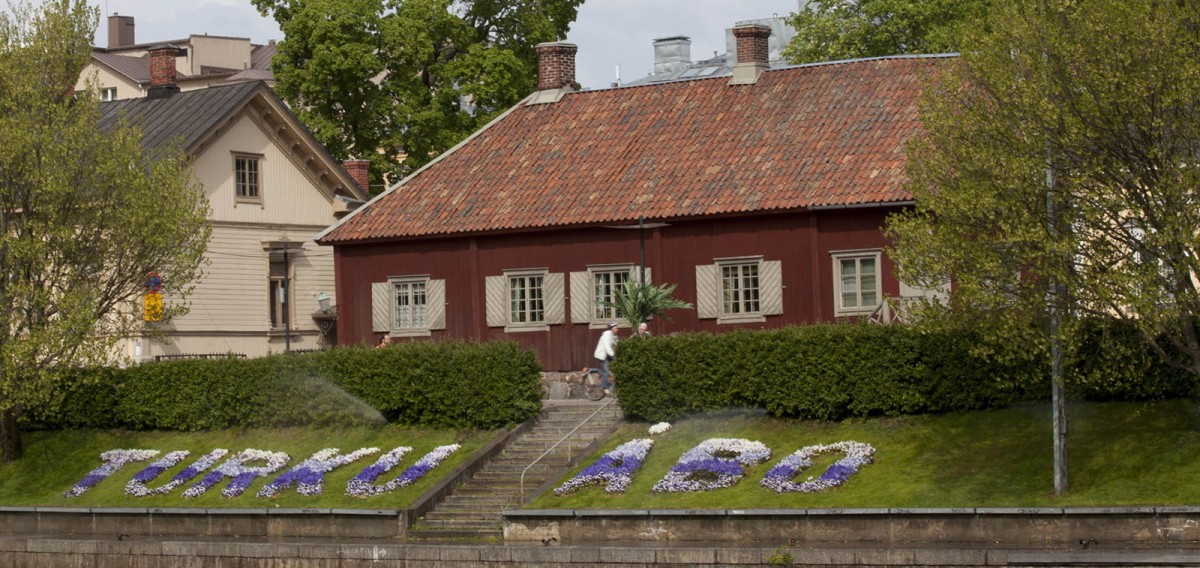San Domenico Museums, that were realized in the ancient seat of a deconsecrated church dating back to the XIII century, amidst restored cloisters and admirable frescoes, represent the perfect synthesis of hospitality and practicality. It is not by chance that in the last few years the rooms of Forlì have hosted important international art exhibitions, from Silvestro Lega and the Macchiaioli, to the photography of Elliot Ewitt or McCurry, to thematic exhibitions on Art Deco and Liberty. The museum complex consists of five buildings: Palazzo Pasquali, the church of San Giacomo Apostolo, the Dominican convent, the Augustinian convent and the Santa Caterina hall. It houses the Civic Art Gallery of Forlì.
On the north-east wall of the Refectory there is a very interesting fresco divided into three scenes by architectural elements. The central scene depicts the Crucifixion in the presence of the Madonna, Mary Magdalene, St. John the Evangelist and the client. The two side scenes illustrate two particularly significant events in the life of St. Dominic: on the left, the apparition of Saints Peter and Paul who give St. Dominic the staff and the book of the Gospels, while he sees his brothers going out to evangelize the world; on the right, St. Dominic resuscitates the young Napoleone Orsini who fell from his horse. A document dated 1520 attributes its execution to Girolamo Ugolini, son of Marco Antonio Argentiere.
On the south-west wall, another wall painting that was covered by many layers of plaster has been brought to light. A tripartite architecture is the background to a miraculous event in the life of St. Dominic: the miracle of the loaves, a favorite theme of the Dominicans to decorate the refectories as an alternative to the Last Supper.
The eclectic palette, the predilection for bright tones and iridescent effects, as well as the iconographic choices and the solutions adopted, testify to the polycentric artistic culture of the Forlì area, which in the 16th century rotated between neo-fifteenth-century archaisms and innovations derived from the great manner consolidated in Rome by Michelangelo and Raphael.
